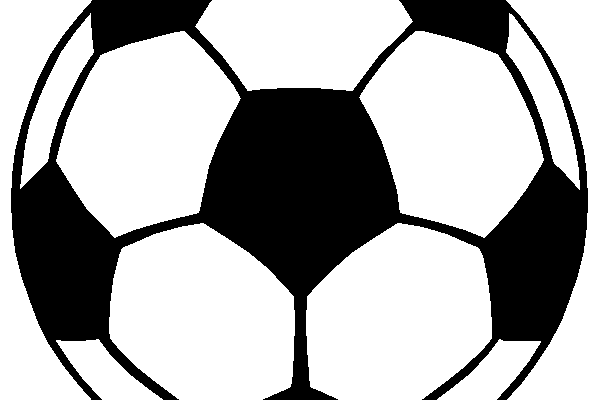
Maine to follow National Federation blueprint under state guidelines for safe return to sports activities
The Maine Principals’ Association is prepared to follow state mandates and new guidelines issued by the National Federation of State High School Associations to pave the way for a safe return to sports activities.
The spring season was canceled in March by the MPA because of the COVID-19 pandemic.
The NFHS Sports Medicine Advisory Committee has issued a blueprint designed to allow high schools across the country to eventually resume co-curricular activities amid the COVID-19 pandemic.
The plan involves three phases that would slowly bring athletes back onto the practice fields once it is deemed safe to do so. The NFHS stressed the importance of restoring athletic activities to schools to aid the physical and mental well-being of the student-athletes.
John Bapst High School athletic director and head football coach Dan O’Connell, the Maine coaches liaison for the SMAC and a member of the MPA Sports Medicine Committee, said the three-phrase approach follows the blueprint state governments have adopted in opening for business.
“The health and safety of our students, coaches and officials comes first,” O’Connell said. “Our goal was to align these recommendations and guidelines with the opening up of states.
“As we go through these phases and things come up we didn’t think of, we can reassess or make changes as we move into the next phase,” he added. “This gives us an opportunity to learn from what we’re doing and make corrections as we go forward.”
The list of safety measures is extensive. The NFHS recognized that students from different towns, states and regions won’t be able to return to play at the same time.
The main emphasis for the NFHS is decreasing exposure to respiratory droplets that spread the disease. That is why the U.S. Centers for Disease Control and Prevention recommends that student-athletes wear cloth face coverings through the first two phases and that social distancing guidelines remain intact until the prevalence of the disease is reduced.
For high-intensity aerobic activity such as swimming and distance running, face coverings are not required. Coaches, officials and other necessary personnel should also wear cloth masks.
The NFHS recommends that state associations limit the amount of sports-related travel to reduce how much time students spend in buses or vans. It also said organizations such as the MPA should follow their own states’ safety criteria and restrictions.
Phases I and II of the NFHS guidelines include screening coaches and athletes for COVID-19 symptoms before workouts and having them complete medical questionnaires. Social distancing (staying six feet apart) was also stressed.
During Phase I, gatherings should include no more than 10 people and locker rooms should remain off limits. It recommends that groups of the same 5-10 athletes always work out together.
Those rules essentially limit athletes to conditioning and individual skill development with their coaches, since balls and equipment cannot be shared among teammates.
The restrictions are eased a bit in Phase II. Gatherings are expanded to 10 athletes at a time indoors and up to 50 for outside workouts. If locker rooms or meeting rooms are used, there must be a minimum of six feet between participants.
The NFHS said practices and competitions may resume for athletes in low-risk sports such as cross country, track and field, individual swimming events and skiing. Modified practices can be held for moderate risk sports like basketball, volleyball, baseball, softball, soccer, ice hockey, field hockey, tennis, swimming relays, pole vault, high jump, long jump and girls lacrosse.
All athletic equipment should be cleaned periodically.
Phase III would allow gatherings up to 50 people, indoors or outdoors. Modified practices can be added for high-risk sports (wrestling, football, lacrosse, cheerleading).
The green light for high-risk sports will be given only after a reassessment of epidemiology and comparison of data from various states and circumstances.
Throughout all the phases, athletes and coaches are encouraged to sanitize, not share equipment or water bottles and to shower at home and clean their own clothing after workouts.
“We don’t want to just jump in and have regrets. The slower we go, the better off we will be,” O’Connell said.
He said the NFHS outline provides much-needed initial guidance which has led to in-depth and collaborative discussions among administrators, medical professionals and members of the various committees about how to deal with the pandemic and the return of sports.
“But we have to return to school first,” O’Connell said of Maine schools, which transitioned to remote learning in March.
Mike Burnham, executive director of the MPA interscholastic division, said the NFHS outline is comprehensive.
“It’s a wonderful guide for us to look at and see recommendations involving every state in the country,” Burnham said.
Burnham praised the work turned in by O’Connell and other members of the various MPA committees in addressing the pandemic and the possible return of sports and other extracurricular activities.
He said the MPA hasn’t set a deadline to determine if or when there will be a fall high school sports season.
School summer sports programs were supposed to start in June but have been pushed back until July 7.
“We hope to have a full fall season, but the pandemic isn’t something we have control over,” Burnham said. “We all want to get back and provide opportunities for the kids. We know how important it is.
“But it is up to the medical experts to tell us that it’s safe.”